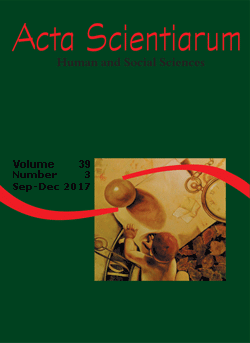<b>Social technologies and public administration tupiniquim: an articulation from the theory of the possibility of Guerreiro Ramos
Abstract
This is a theoretical essay that discusses social technologies in the brazilian context, with the Theory of Possibility of Guerreiro Ramos as the basis. From the perspective of Guerreiro Ramos on the need to establish a substantive rationality for society, this paper highlights how strategic it is to consider social technologies as objective possibilities in the construction of public policies in Brazil. For that, the Theory P and Theory N, used by Zwick, Teixeira, Pereira and Vilas Boas (2012), were used to contextualize the brazilian public administration, its relations with TS, and Guerreiro Ramos's arguments about the various rationalities employed in public management, which the authors call the Tupiniquim Public Administration. Therefore, the work emphasizes that the Tupiniquim Public Administration brought in its conception of emergence, ascent and consolidation, TS as an instrumental basis for its realization, loaded at the same time with subjective values and inherent in brazilian culture. In addition, it concludes that the specificity of brazilian management demanded specific forms also of technological development, where the new technologies have the same character of management hybridity, in an interface between the instrumental and substantive rationalities of the Tupiniquim administration.
Downloads
DECLARATION OF ORIGINALITY AND COPYRIGHTS
I Declare that current article is original and has not been submitted for publication, in part or in whole, to any other national or international journal.
The copyrights belong exclusively to the authors. Published content is licensed under Creative Commons Attribution 4.0 (CC BY 4.0) guidelines, which allows sharing (copy and distribution of the material in any medium or format) and adaptation (remix, transform, and build upon the material) for any purpose, even commercially, under the terms of attribution.
Read this link for further information on how to use CC BY 4.0 properly.























